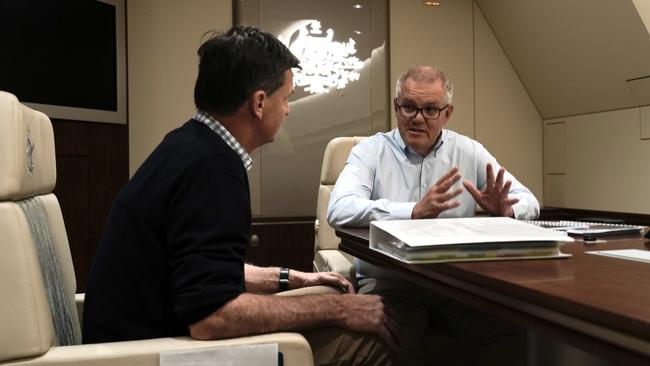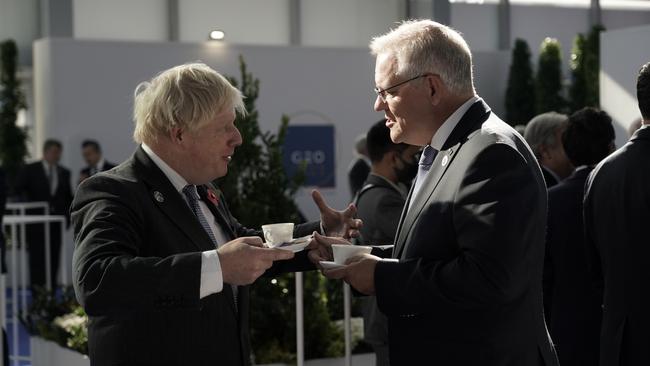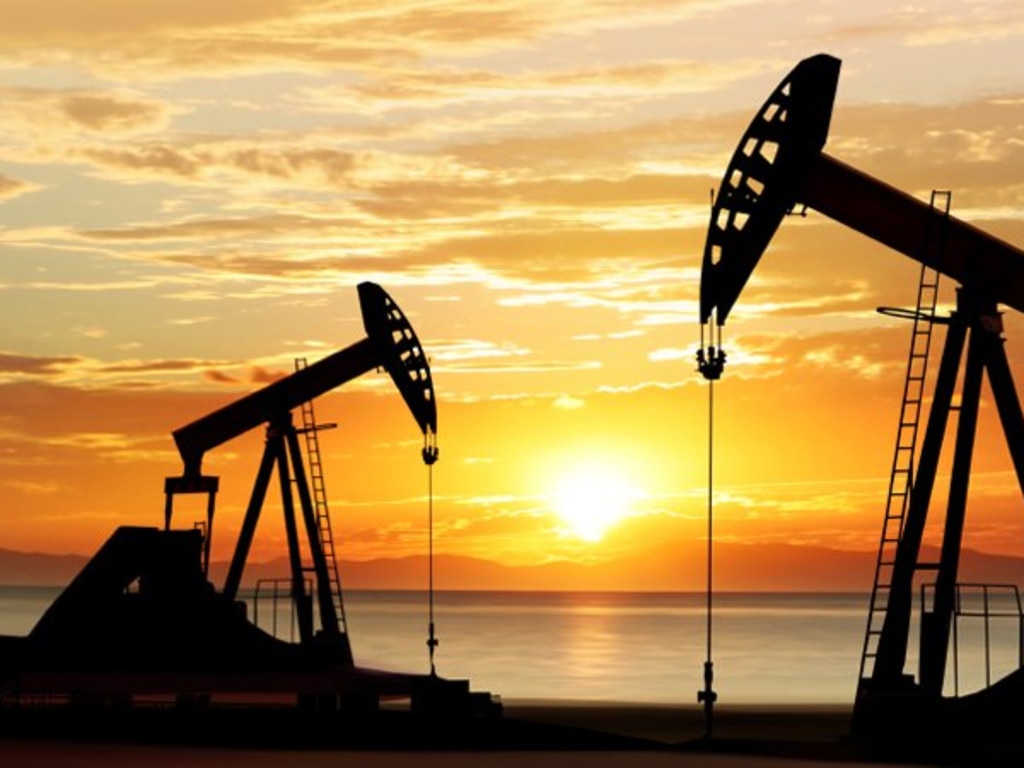
Several editors this past month have abrogated their duty to report impartially on the politics of the COP26 climate conference that started in Glasgow on the weekend. Their journalism is starkly different from coverage in the UK, where much reporting has focused on working class concerns about soaring energy prices.
The UK media’s hostile coverage of plans by Conservative Party Prime Minister Boris Johnson started months ago when the Tories were forced to shelve a proposal to replace domestic gas heating with heat pumps that would be less carbon intensive but cost up to £10,000 per household. By last Wednesday the media was reporting polling from YouGov suggesting 58 per cent of Britons now want a referendum on net zero, and not because they want to back it.
Many newspapers on the Continent have focused on the energy crisis, a shortage of wind for turbines and soaring gas prices as Russian President Vladimir Putin capitalises on Europe’s problems. Here editors have turned their pages over to boosterism, untroubled by facts about what is likely to happen at the 12-day climate extravaganza.
Most Australian media outlets have barely mentioned Europe’s power crisis. Just as most did not mention problems with renewables in Texas last northern winter or in California this year. The most populous state in the US is now building five new gas peaking plants to help firm the unreliable intermittent power from wind and solar.

It’s not a matter of fake news in our media, but it’s almost as bad. It’s the same “false narrative” journalism this newspaper criticised a decade ago. Remember when the old Fairfax papers and ABC seldom reported problems with Labor’s Pink Batts scheme to create jobs by paying for insulation in people’s ceilings? Several houses burned down and four young men died while installing the products (three were electrocuted, one died from hyperthermia). The left media loved the environmental values of the scheme so hesitated to report its problems.
Finally, in February 2010, just a fortnight after the fourth death, Prime Minister Kevin Rudd stripped then environment minister Peter Garrett of responsibility for the program. What could ABC and Fairfax consumers have made of Rudd’s decision, given they had not really been exposed to honest reporting of problems in the insulation rollout?
Most news consumers don’t know it, but some newsrooms deliberately avoid reporting such issues. It’s for the same reason many journalists will not shine a light on black-on-black violence in Aboriginal communities. They don’t trust the values of their own readers.
Morally self-important reporters refuse to engage with issues they fear may be misrepresented or misunderstood. Back to violence in Aboriginal communities: better that readers feel morally virtuous by rejecting the racism their preferred media source tells them is the reason for Aboriginal violence, than feel uncomfortable with the facts of violence against Aboriginal women and children.
In the case of climate change, inconvenient facts about the unreliability of intermittent power or the analysis of dissenting scientists are suppressed. Stories about airlines or iron ore mining giants committing to net zero are run unquestioningly, even though airlines are utterly dependent on fossil fuels, and iron ore today can’t be made into steel without coking coal.
Nor will such media outlets engage with the massive carbon footprints involved in the manufacture of wind turbines, solar panels and the mining of rare earths. They will never admit the CO2 footprint of a Tesla is greater than that of a four cylinder Toyota. Or that eventual disposal of the Tesla’s battery presents enormous ecological risks.
One of the few places in the local media where journalists report the failings of their own preferred side of any debate is Sky News. Andrew Bolt, Peta Credlin, Chris Kenny and Alan Jones were merciless last week in their criticism of PM Scott Morrison’s “Australian way” to net zero. All are prepared to challenge the media consensus on renewables and net zero, and to publish the views of scientists and energy experts who disagree with the prevailing orthodoxy.

The pandemic should have taught journalists to question expert opinion, given how wrong most of the experts have been, especially the modellers. Chief medical officers have a natural bias towards harsh lockdowns, but political leaders have other priorities to balance. In climate reporting the left media has abandoned balance on the false premise that all scientists agree on climate change, and only one view should be heard.
This column is a long-time fan of US climate scientist Judith Curry’s Climate Etc blog. Curry’s October 6 analysis of August’s IPCC6 makes many of the points Bolt and this newspaper’s environment editor Graham Lloyd have been making for 20 years.
Curry praises IPCC6 for being honest about the failings of climate models and for admitting most models are running much hotter than the real world. She also notes the IPCC has finally acknowledged the roles of the sun and volcanic activity in climate, something this newspaper has been criticised for saying for decades.
Even more compelling this month is the work of energy specialists. On October 24, The Australian published a piece by Ticky Fullerton on October 24 quoting Vaclav Smil, who pointed out that since the first global climate meeting in 1992, world energy production “has only achieved a drop from 87 per cent to 83 per cent fossil fuels”.
Smil is also quoted in The Worm In The Rose, by London School Of Economics energy and climate specialist Emeritus Professor Gwythian Prins. This is a lengthy history of energy evolution that argues the West is playing into the hands of Chinese leader Xi Jinping as industry leaves the first world for China.
Writes Prins: “All renewables (including burning wood and hydro power) were 13 per cent of primary energy in 1971. They were 13.8 per cent in 2018, of which modern renewables viz wind/solar/ geothermal/tidal biomass … amounted to 2 per cent.” This despite some of the “most costly … coercions ever attempted in any economy in history”.
Prins recommends the West look to gas as a transition, less carbon-intensive fuel than coal, and then expand nuclear power generation via new modular reactors. He is right, as many have argued in this paper.
Prins says the renewables cause has been adopted as a kind of symbol of personal virtue, especially by the rich. “Preferring these costly goods and services that deliver imperfectly over cheaper ones that work better marks them (renewables) out as subject to a Veblen effect.”
This is an economic theory of conspicuous consumption applied when demand for a luxury good increases as its price rises because it “exhibits some quality that is especially prized”. For supporters of green growth that quality is a demonstration of their personal moral superiority.
Hence the “green journalism” marketing strategy, mentioned at the top of this column.





For many media companies today, environment reporting has little to do with facts but much to do with market positioning in a bid to target younger readers with high disposable incomes who are attractive to advertisers.